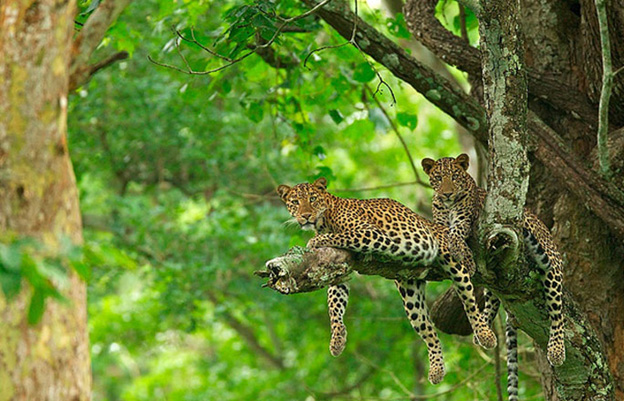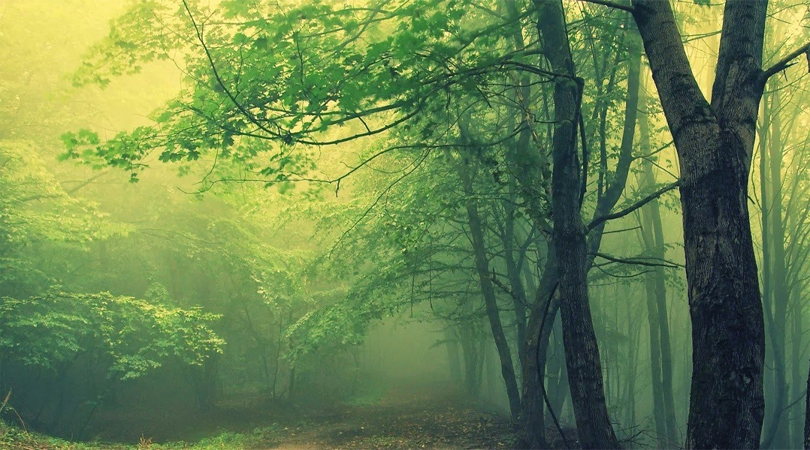
The biggest mangrove woodland on the planet mostly covered by fog, stream riddled marshy area of moving tides, man-eating tigers and the unparalleled experience of heading into an off-the-beaten-track, Sundarban is undoubtedly a worth-visiting tourist destination.
The name “Sundarban” is signifies “lovely woods”. An UNESCO World Heritage Site, the Sundarbans National Park is an eminent tangle of mangrove wilderness that is the one and only of its kind on the planet. It wasn’t always a completely distinct reserve forest, and in fact in the beginning, it was a part of the other reserve forest, known as Sajnekhali Wildlife Sanctuary. The territory of the Sundarbans is around 4,110 square km out of which around 1,700 square km is involved by rivers, creeks, and canals. The timberlands aren’t simply mangroves, and they also incorporate a portion of the final stands of the strong wildernesses which once capped the Gangetic plain. Around 35% of the total expense of Sundarbans lies in India. The part in India is comprised of 102 islands and over half a portion of them are inhabited.
What additionally makes the Sundarbans one of a kind is that it’s the main mangrove wilderness on the planet to have tigers, and, the tigers are great swimmers! Nylon net fencing that extend upto miles and miles, have been installed on woods in order to keep the tigers from wandering into towns. Yet the park stays remote, cold and to a great extent uninhabited by individuals. This is genuinely wild territory, and chug-chugging along its stream channels into its swampy heart of dimness and is as exciting as it is tranquil.
Sundarbans is around 114 km from Kolkata, the capital of the state. It is very clear to say that visiting the Sundarbans is an experience of a lifetime and once you are done with the tour, it is certain that you find your spirits heightened and you feeling all refreshed and full of energy. There are regular flights from all major Indian cities to Kolkata.
The star fascination here is the Royal Bengal tiger. Around 400 of these glorious animals call the Sundarbans home, making the forest the biggest single populace of tigers on earth. Notwithstanding their notoriety for being man-eaters, they are to a great degree hard to spot, yet the rush of attempting to track one down is difficult to exaggerate. Furthermore, regardless of the fact that you see none, just sitting on the deck of your boat as it floats through thick mangrove timberlands is an extraordinary affair.
Sundarbans is home to a wide range of types of birds, reptiles, insects, mammals, and fishes. Records state that there are more than 120 types of fish and more than 260 types of birds have been recorded in the region. The Gangetic River Dolphin can be spotted regularly in the waterways. The Sundarbans now also takes pride of being the only home to the Salt-Water Crocodiles. Although their count is still low, yet the reserve is talking all necessary steps to change the scenario.




You must log in to post a comment.